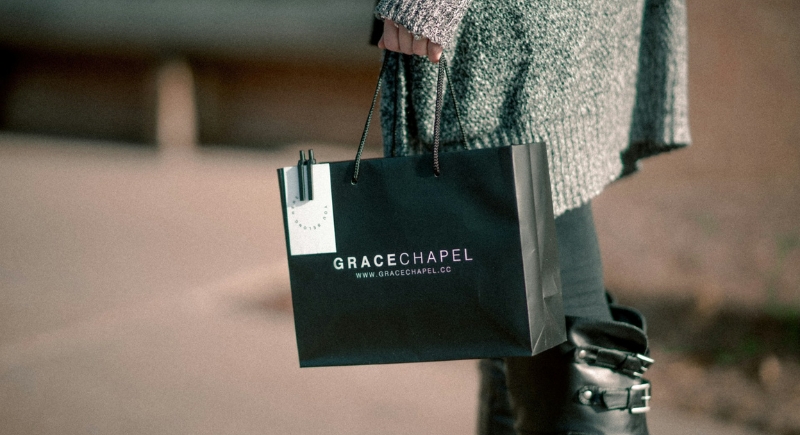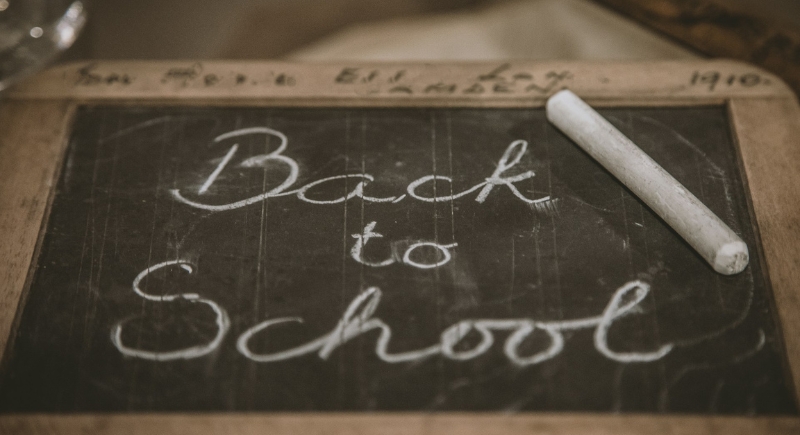Back-to-School Spending in 2025 Hits New Highs: Here’s What Parents Are Paying
The final stretch of summer, aka the back-to-school season, is here again, a time for new backpacks and freshly sharpened pencils. But this year, the usual rush of shopping comes with a financial twist. Parents across the country are navigating a landscape where the costs are higher than before, forcing them to change what they buy and how they spend. Reports show that families are making tough choices, adjusting their budgets, their shopping lists, and their whole approach to the season.
Trade tariffs, shrinking paychecks in real terms, and the steady rise of must-have school tech have all poured fuel onto an already pricey fire. For many families, it’s not about splurging on extras anymore. It’s about deciding which necessities make the cut before the expense is too much to bear. Surveys from retail researchers, consumer finance firms, and market analysts paint a picture of parents juggling earlier shopping, smaller budgets, and more creative ways to stretch a dollar. The result is a season that’s more spread out, more strategic, and far less carefree. Here’s how parents are managing.
Budgets Under Pressure

Image via Unsplash/Clay Banks
Data from multiple reports shows a split in spending habits by income level, but the common thread is caution. Deloitte’s annual survey projects K–12 spending at $30.9 billion, with per-student averages dipping slightly to $570. Lower-income households, earning $50,000 or less, are actually planning to spend 10 percent more than last year, likely because basic items cost more, not because lists have grown.
Middle-income parents are trimming about 7 percent from last year’s totals, while high-income households plan to drop spending by 9 percent, often citing economic uncertainty.
A separate Intuit Credit Karma study shows 44 percent of parents expect to take on debt to pay for supplies this year, a jump of 10 percentage points from 2024.
Tariffs on imported goods, some set to reach 50 percent, are already pushing up the cost of backpacks, clothes, and notebooks. Nearly four in ten parents say they can’t afford their back-to-school shopping at all without sacrifices elsewhere, often cutting grocery budgets or skipping after-school activities to cover the basics.
Shifting Priorities

Image via Unsplash/Keagan Henman
Where the money ends up tells its own story. The data shows that electronics spending is on the decline as families stretch the life of devices and skip upgrades. Clothing, however, has broken the pattern with a 6 percent rise, hitting $13.4 billion this season. That surge has less to do with fashion and more with keeping pace in school social settings. A first-day outfit has become an unspoken essential, even if backpacks and lunchboxes can carry over from last year.
School supplies themselves now account for a smaller slice of the total budget (about 16 percent), making them more of a utilitarian purchase than a shopping highlight. Retailers have noticed these shifts.
Big box stores still pull the largest share of shoppers, especially in the $100–$300 budget bracket, but department stores and local retailers have gained ground. Higher-spending households dropping $800 or more are gravitating toward online retailers and niche local shops for premium electronics and specialized gear.
Sales calendars are no longer built around a single August push. Instead, June is becoming a value-hunting month, with September being a last-chance buying window.
The Bigger Picture

Image via Unsplash/Deleece Cook
These cost crunches and shopping adaptations reflect more than a seasonal shift. They are signs of how household economics are evolving under the combined weight of inflation, policy changes, and changing school expectations. Tariffs may drive another round of price jumps later in the year, hitting not only supplies but also extracurricular costs and clothing. Analysts warn that the financial strain already bearing down on lower- and middle-income households could soon reach higher earners if these pressures remain.
For some, the cost of pencils and sneakers now means sacrificing food or after-school activities. For others, it’s a matter of shifting categories and pacing purchases to manage cash flow. What’s consistent across the board is the heightened awareness of every dollar spent. Parents are threading the needle between necessity and affordability, reshaping one of America’s biggest retail seasons into a months-long operation. It’s a new kind of back-to-school story of families working to keep their kids ready for the first day without breaking their budgets.